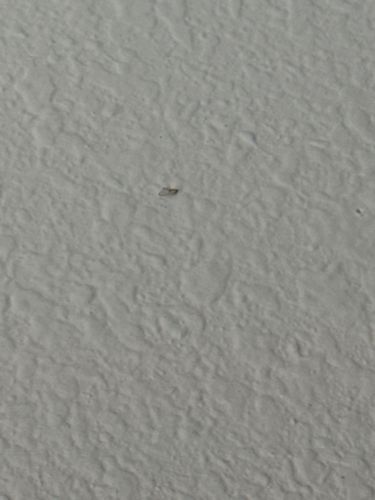Fly (various species)
Scientific Name: Diptera (order), specific species uncertain without further detail
Order & Family: Order: Diptera (flies), Family: Varies widely (e.g., Muscidae, Calliphoridae, Drosophilidae, Culicidae)
Size: Most flies range from 2 mm to 15 mm in length, though some species can be larger or smaller.

Natural Habitat
Flies are ubiquitous and can be found in almost every terrestrial habitat worldwide, including urban areas, forests, grasslands, deserts, and wetlands. Their specific habitat preferences depend on the species and their dietary needs for breeding and feeding.
Diet & Feeding
The diet of flies varies greatly depending on the species. Many flies feed on decaying organic matter (carrion, dung, rotting fruit, vegetables), nectar, pollen, blood, or other insects.
Behavior Patterns
Flies are typically active during the day, using their compound eyes to navigate and find food sources. They undergo complete metamorphosis with egg, larval (maggot), pupal, and adult stages. Depending on the species, some flies are solitary while others may aggregate.
Risks & Benefits
Potential risks include serving as vectors for various diseases (e.g., malaria, dengue, typhoid, cholera) and being pests in agriculture or homes. Benefits include pollination, decomposition of organic matter, and serving as a food source for other animals.
Identified on: 8/29/2025